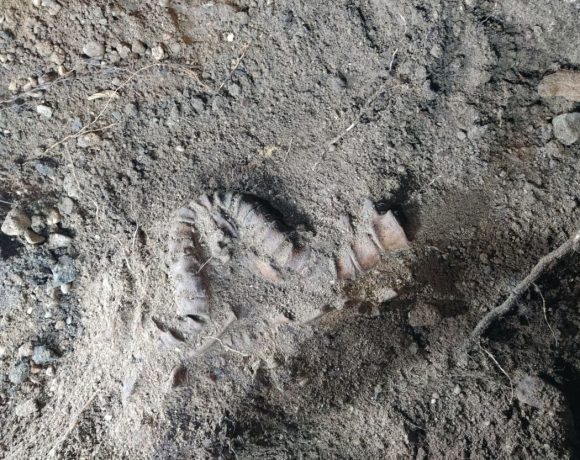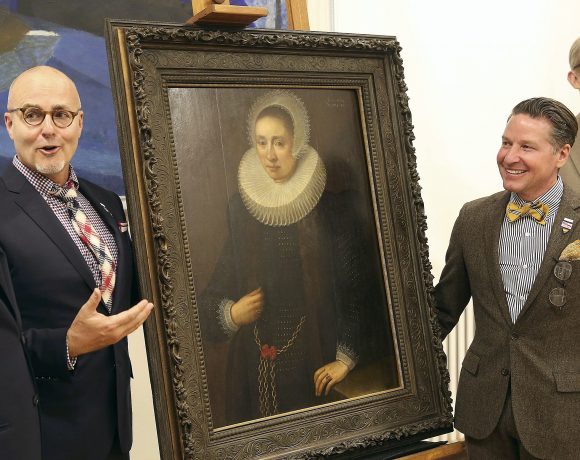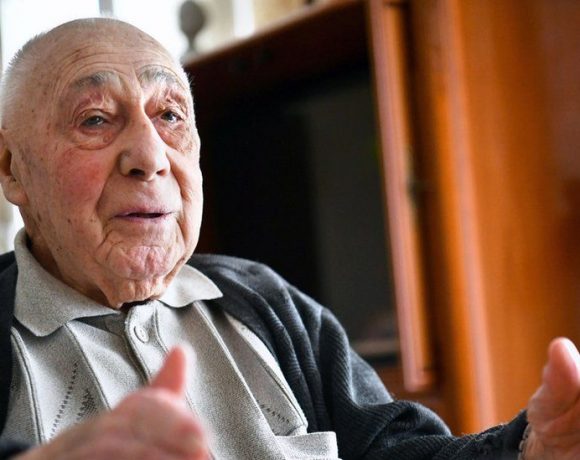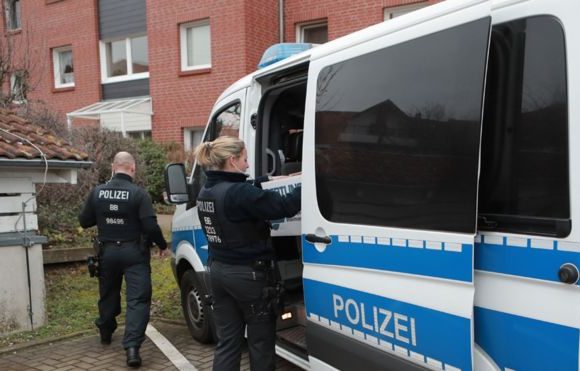
Archaeologists recently made a significant discovery at the Wolf’s Lair, a former Nazi military base located in Gierloz, northeastern Poland. During a dig prompted by the unearthing of a fragment of human skull on February 24, they uncovered five human skeletons missing hands and feet.
The Latebra Foundation, a historical organization based in Gdansk, confirmed that the remains belonged to three adults, a teenager, and a newborn. These bodies were found near a house once occupied by Nazi commander Hermann Göring, a prominent figure in World War II history.
The skeletons were arranged in close proximity to each other, facing the same direction, amidst remnants of burned boards and sewage infrastructure. Despite the absence of clothing, authorities found no evident signs of trauma on the remains.
Initially mistaking the site for an old bathroom, the excavation team was surprised when they discovered ashes and a burnt key. Polish police have since launched an investigation into the discovery, with many questions still unanswered.
Further investigation, including carbon dating to determine the age of the remains, is deemed necessary by experts. The Wolf’s Lair, Hitler’s Eastern Front headquarters, holds immense historical significance, having been strategically situated in the forests of northeastern Poland.
Picture Courtesy: Google/images are subject to copyright




